“We have a prayer that enchantment be an invitation to relationship, and by that we mean first listening.” ~ Queer Nature
It’s fifteen minutes until rehearsal begins and once again my glued-together 1997 RAV4 is parked illegally—just for a few minutes—on the grassy slope of Powderhorn Park in south Minneapolis. Orren and Remus, our teenage prop master and crew member respectively, volley greetings as they open my truck to unload set items. Across the drought-stiffened grass, director Harry Waters Jr. has already spread out his iconic tricolored parachute—a childhood classic redubbed our “green room space.”
Placed for temptation at the center of the parachute is a Tupperware container of homemade zucchini bread. Our stage manager Asher is pulling out bug spray and hand sanitizer as another vehicle pulls up. It’s Pasha, a community member who has volunteered ride support for members of our ensemble without cars. Almost everyone has managed to snag a piece of Harry’s zucchini bread by the time our music director Carlisle Evans Peck calls for everyone to gather around their portable keyboard for vocal warm-ups. Together, we harmonize through the scales using a phrase that fellow queer performer Qamar Yochanan spontaneously hollered when they passed by our rehearsal one day: “GAYS IN THE PARK!” By that point a cherished ritual amongst us, “gays in the park” was an invocation, a pep talk, a protection spell, and a militant joy practice all in one.
After years of public art production, I deliberately moved my ensemble theatre practice outdoors in 2019. I had no idea how prescient that choice would feel less than a year later. As a white, xenogender, producing playwright moved to explore the innately queer emergent ecologies of dual climate/capitalism collapse, it felt right to collaborate in real time with land and place to develop new work. While COVID may be the reason for many of us to venture outside of our usual edifices now, I hope that what we find there has more profound implications. That amidst this ongoing crisis/adaptation we find not only new “stages” but new ways of working that return us to the life-giving nature of our art form and build resilience for us and our interdependent human and more-than-human communities. In short, I hope we let ourselves feel enchantment, as the eco-philosopher duo Queer Nature so beautifully describes, as an invitation to healing through reconnection.

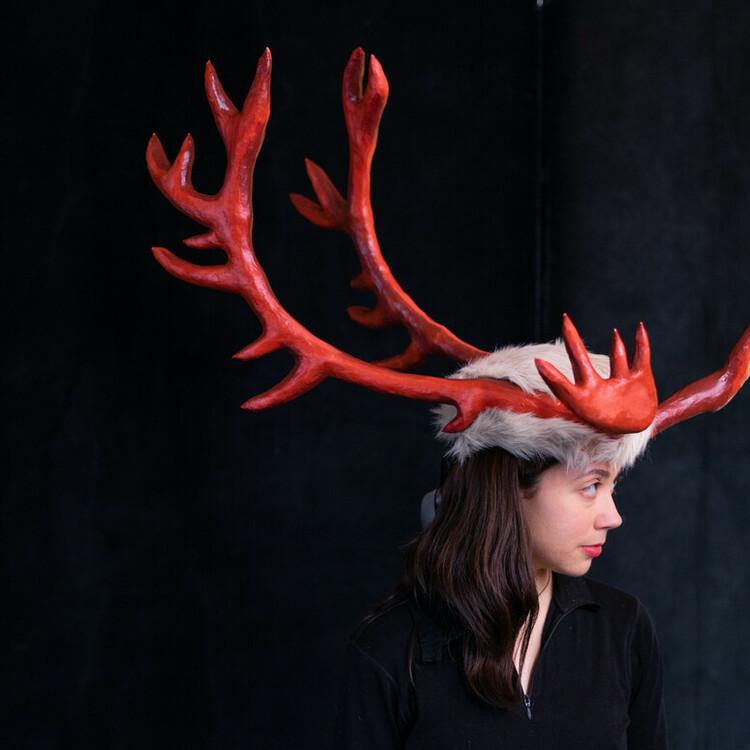
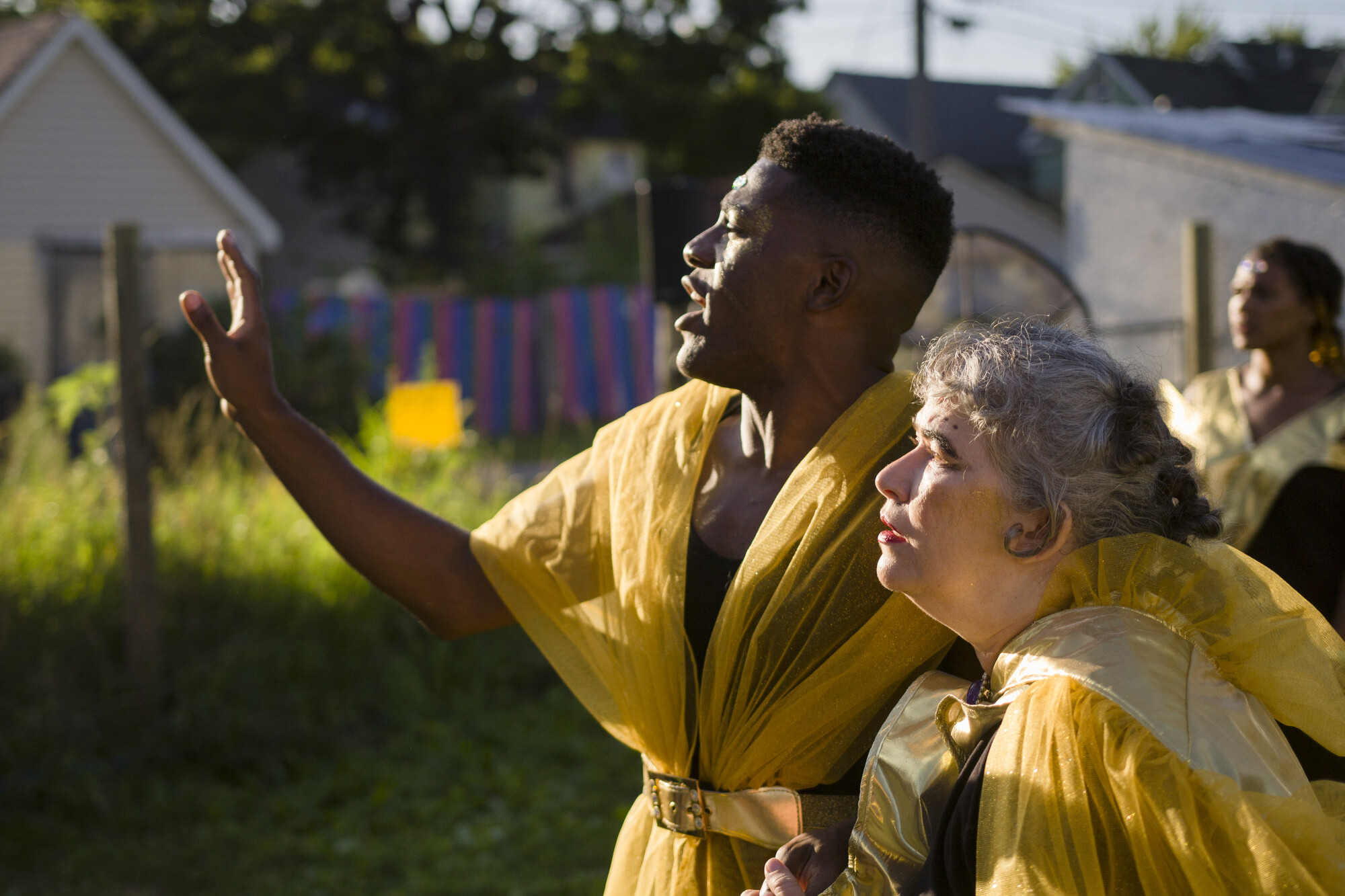
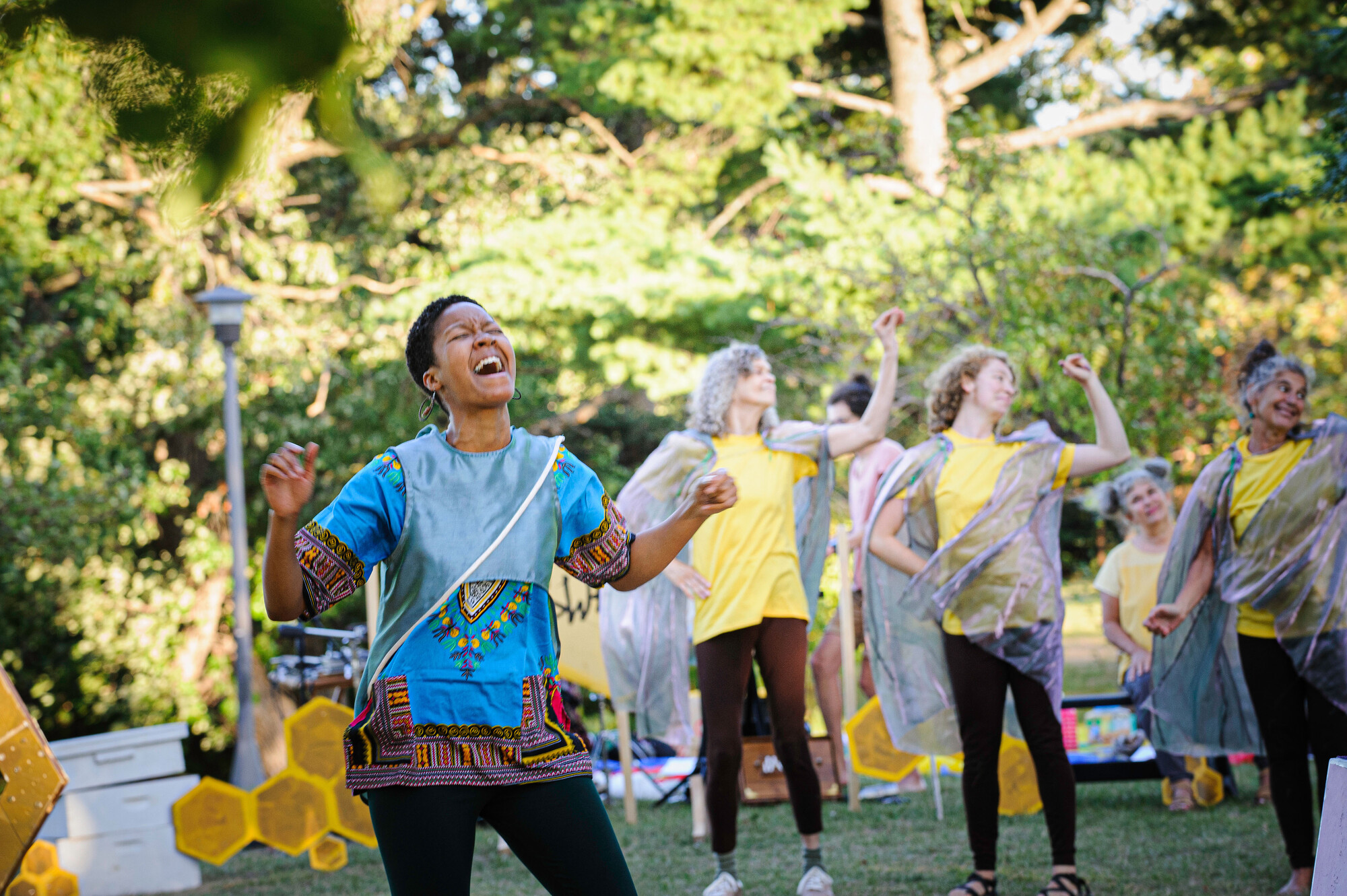
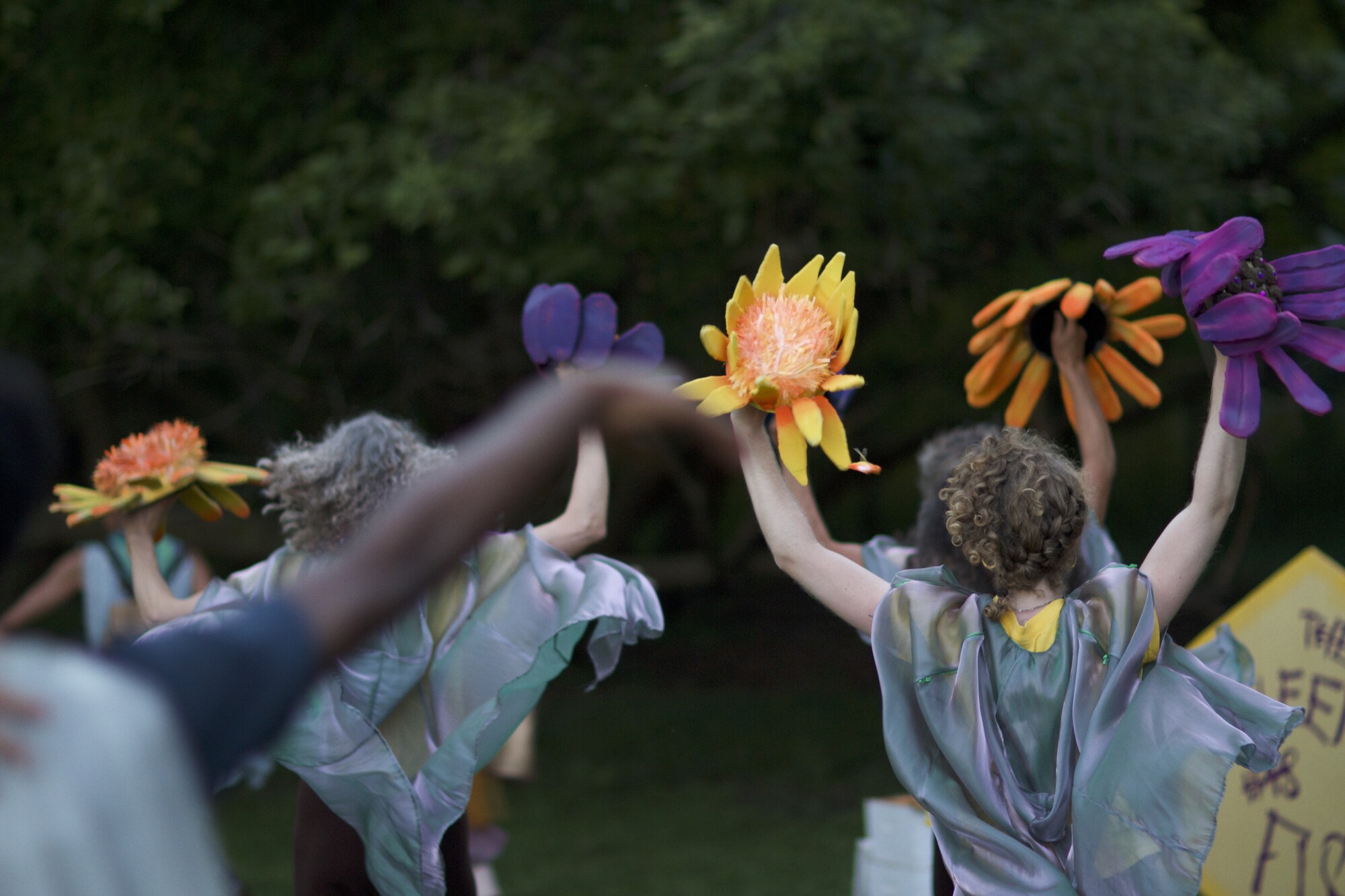
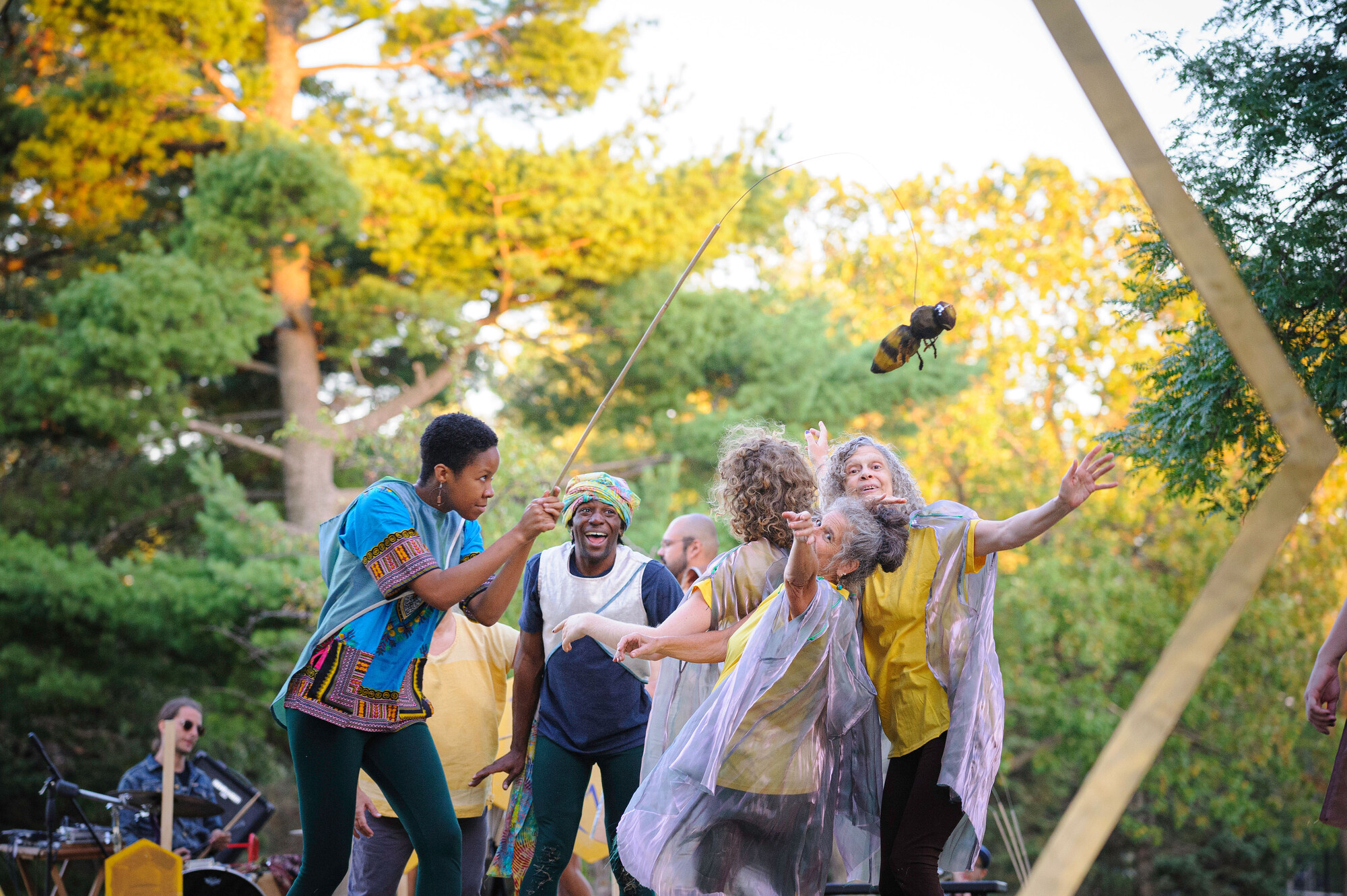
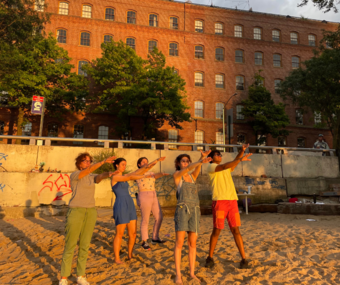

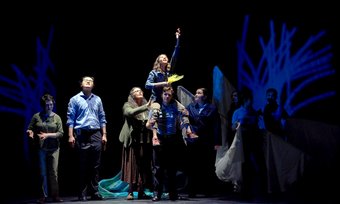

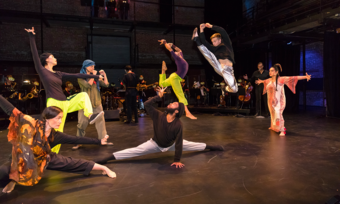


Comments
The article is just the start of the conversation—we want to know what you think about this subject, too! HowlRound is a space for knowledge-sharing, and we welcome spirited, thoughtful, and on-topic dialogue. Find our full comments policy here